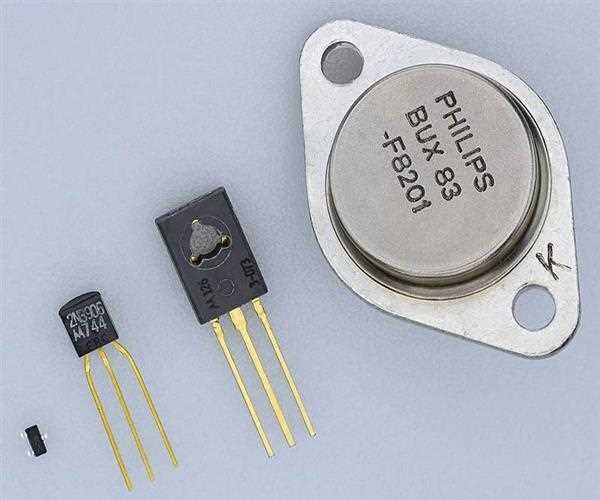A transistor can magnify a signal because the controlled power is greater than the controlling power. Although some transistors are packed separately, the majority are completely immersed in integrated circuits.
The thermionic triode, a vacuum tube created in 1907, paved the way for amplified radio and long-distance
telephone. The triode, on the other hand, was a delicate gadget that drank a lot of power. The crystal diode oscillator was invented by
physicist William Eccles in 1909.

Julius Edgar Lilienfeld, an Austro-Hungarian physicist, submitted a patent in
Canada
in 1925 for a field-effect transistor, which was meant to be a solid-state successor for the triode. In
1926 and 1928, Lilienfeld filed identical patents in the United States.
Lilienfeld didn't publish any research papers regarding his inventions, and his patents didn't include any samples of a working prototype. Even if Lilienfeld's solid-state amplifier concepts had been realized, they would not have found practical use in the 1920s and 1930s since high-quality semiconductor materials were still decades away.
Oskar Heil, a German inventor, patented a similar device in Europe
in 1934.